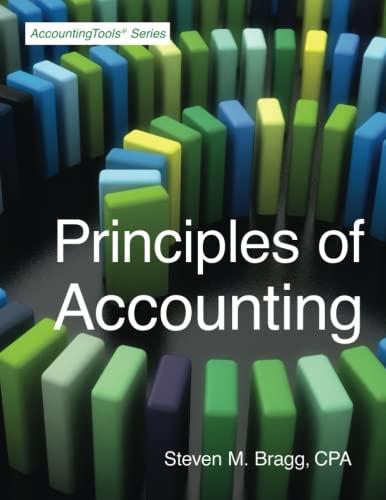After taking the first part of this financial accounting course, you excitedly tell a friend what you have learned. You tell him about assets, liabilities and net worth and how they increase and decrease in value with every financial transaction. Your friend decides to start getting organized and apply accounting principles to his personal finances. He compiles everything that he thinks is important and calculates his net worth. He then asks you to look over what he has done to make sure it is correct. His important financial items are listed below, along with his version of the T-account records 1. He had $950 in his bank account at the beginning of the month. 2. He had a $1,200 balance on his credit card at the beginning of the month. 3. He estimates that he had about $3,000 worth of "stuff" in his apartment at the beginning of the month (TV, sound system, computer and furniture). 4. He deposited his salary of $1,500. 5. He paid in advance for three months of rent with $1,350 cash. 6. He paid $600 to pay off a portion of the credit card bill. 7. He purchased a new video game system for $350 with his credit card. 8. He bought $120 worth of food with cash. 9. He got hired at a second job. He will start next month and will earn $800 per month. 10. He spent $250 cash on movies, stage plays and Dave and Buster's Sports Bar. 11. He lived in his apartment for one of the three months he already paid for (see #5). Cash Unpaid Accounts 1. 950 5. 1,350 6. 600 2. 1,200 4. 1,500 6. 600 7. 350 8. 120 10. 250 + N Total $130 Total $950 5. | Net Worth 1,350 1201 250 8. 10. 3. 3,000 4. 1,500 7. 350 9. 800 Total $3,930 Chapter 1 Financial Statement Personal Accounting Using the information provided, record the transactions in the T-accounts and complete calculations at the bottom of the personal balance sheet and income statement (on the next page). PERSONAL BALANCE SHEET Assets INCREASE Liabilities DECREASE DECREASE Opening Opening: CEESE DECREASE Opening Opening NCLUSE DECE CATE NCRETE Opening Opening: II Total Assets Total Liabilities Net Worth Financial Statements: Personal Accounting Chapter 1 PERSONAL INCOME STATEMENT DECREASE 1 INCREASE REVENUE Less EXPENSES CREATE DECREASE CREME DISEASE NCREASE DECREASE CREATE DECREASE INCREASE DECREASE MIESTE Total Revenue Less Total Expenses Surplus (Deficit) = After taking the first part of this financial accounting course, you excitedly tell a friend what you have learned. You tell him about assets, liabilities and net worth and how they increase and decrease in value with every financial transaction. Your friend decides to start getting organized and apply accounting principles to his personal finances. He compiles everything that he thinks is important and calculates his net worth. He then asks you to look over what he has done to make sure it is correct. His important financial items are listed below, along with his version of the T-account records 1. He had $950 in his bank account at the beginning of the month. 2. He had a $1,200 balance on his credit card at the beginning of the month. 3. He estimates that he had about $3,000 worth of "stuff" in his apartment at the beginning of the month (TV, sound system, computer and furniture). 4. He deposited his salary of $1,500. 5. He paid in advance for three months of rent with $1,350 cash. 6. He paid $600 to pay off a portion of the credit card bill. 7. He purchased a new video game system for $350 with his credit card. 8. He bought $120 worth of food with cash. 9. He got hired at a second job. He will start next month and will earn $800 per month. 10. He spent $250 cash on movies, stage plays and Dave and Buster's Sports Bar. 11. He lived in his apartment for one of the three months he already paid for (see #5). Cash Unpaid Accounts 1. 950 5. 1,350 6. 600 2. 1,200 4. 1,500 6. 600 7. 350 8. 120 10. 250 + N Total $130 Total $950 5. | Net Worth 1,350 1201 250 8. 10. 3. 3,000 4. 1,500 7. 350 9. 800 Total $3,930 Chapter 1 Financial Statement Personal Accounting Using the information provided, record the transactions in the T-accounts and complete calculations at the bottom of the personal balance sheet and income statement (on the next page). PERSONAL BALANCE SHEET Assets INCREASE Liabilities DECREASE DECREASE Opening Opening: CEESE DECREASE Opening Opening NCLUSE DECE CATE NCRETE Opening Opening: II Total Assets Total Liabilities Net Worth Financial Statements: Personal Accounting Chapter 1 PERSONAL INCOME STATEMENT DECREASE 1 INCREASE REVENUE Less EXPENSES CREATE DECREASE CREME DISEASE NCREASE DECREASE CREATE DECREASE INCREASE DECREASE MIESTE Total Revenue Less Total Expenses Surplus (Deficit) =









